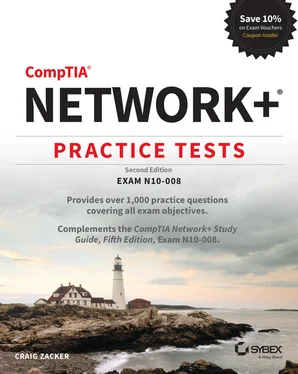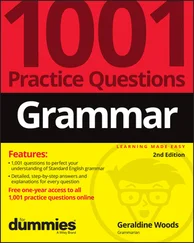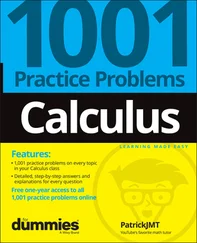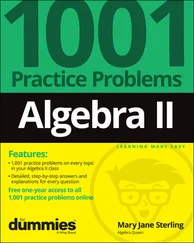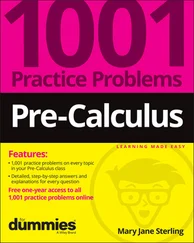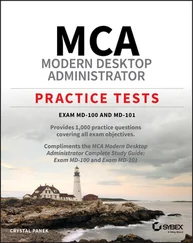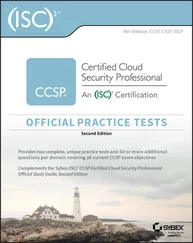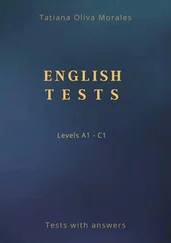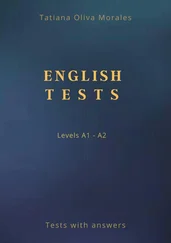| Objective |
Percentage of Exam |
Chapter |
| 1.0 Networking Fundamentals |
24% |
1 |
| 2.0 Network Implementations |
19% |
2 |
| 3.0 Network Operations |
16% |
3 |
| 4.0 Network Security |
19% |
4 |
| 5.0 Network Troubleshooting |
22% |
5 |
Who Should Read This Book
CompTIA recommends, but does not require, that candidates for the Network+ exam meet the following prerequisites:
CompTIA A+ certification or equivalent knowledge
At least 9 to 12 months of work experience in IT networking
CompTIA's certification program relies on exams that measure your ability to perform a specific job function or set of tasks. CompTIA develops the exams by analyzing the tasks performed by people who are currently working in the field. Therefore, the specific knowledge, skills, and abilities relating to the job are reflected in the certification exam.
Because the certification exams are based on real-world tasks, you need to gain hands-on experience with the applicable technology in order to master the exam. In a sense, you might consider hands-on experience in an organizational environment to be a prerequisite for passing the Network+ exam. Many of the questions relate directly to specific network products or technologies, so use opportunities at your school or workplace to practice using the relevant tools. Candidates for the exam are also expected to have a basic understanding of enterprise technologies, including cloud and virtualization.
Although you can use this book in a number of ways, you might begin your studies by taking one of the practice exams as a pretest. After completing the exam, review your results for each Objective Domain and focus your studies first on the Objective Domains for which you received the lowest scores.
As this book contains only practice questions and answers, the best method to prepare for the Network+ exam is to use this book along with a companion book that provides more extensive explanations for the elements covered in each objective domain. Todd Lammle's CompTIA® Network+® Study Guide: Exam N10-008 provides complete coverage of all the technology you need to know for the exam.
After you have taken your pretest, you can use the chapters for the objective domains in which you need work to test your detailed knowledge and learn more about the technologies involved. By reviewing why the answers are correct or incorrect, you can determine if you need to study the objective topics more.
The next step is to review the objective domains for the Network+ N10-008 exam and think about which topics you need to work on most. Then, you can turn to the appropriate chapter and get started. Good luck on the exam.
Chapter 1 Networking Fundamentals
THE COMPTIA NETWORK+ EXAM N10-008 TOPICS COVERED IN THIS CHAPTER INCLUDE THE FOLLOWING:
1.1 Compare and contrast the Open Systems Interconnection (OSI) model layers and encapsulation concepts.OSI modelLayer 1 – PhysicalLayer 2 – Data linkLayer 3 – NetworkLayer 4 – TransportLayer 5 – SessionLayer 6 – PresentationLayer 7 – ApplicationData encapsulation and decapsulation within the OSI model contextEthernet headerInternet Protocol (IP) headerTransmission Control Protocol (TCP)/ User Datagram Protocol (UDP) headersTCP flagsPayloadMaximum transmission unit (MTU)
1.2 Explain the characteristics of network topologies and network types.MeshStar/hub-and-spokeBusRingHybridNetwork types and characteristicsPeer-to-peerClient-serverLocal area network (LAN)Metropolitan area network (MAN)Wide area network (WAN)Wireless local area network (WLAN)Personal area network (PAN)Campus area network (CAN)Storage area network (SAN)Software-defined wide area network (SDWAN)Multiprotocol label switching (MPLS)Multipoint generic routing encapsulation (mGRE)Service-related entry pointDemarcation pointSmartjackVirtual network conceptsvSwitchVirtual network interface card (vNIC)Network function virtualization (NFV)HypervisorProvider linksSatelliteDigital subscriber line (DSL)CableLeased lineMetro-optical
1.3 Summarize the types of cables and connectors and explain which is the appropriate type for a solution.CopperTwisted pairCat 5Cat 5eCat 6Cat 6aCat 7Cat 8Coaxial/RG-6TwinaxialTermination standardsTIA/EIA-568ATIA/EIA-568BFiberSingle-modeMultimodeConnector typesLocal connector (LC), straight tip (ST), subscriber connector (SC), mechanical transfer (MT), registered jack (RJ)Angled physical contact (APC)Ultra-physical contact (UPC)RJ11RJ45F-type connectorTransceivers/media convertersTransceiver typeSmall form-factor pluggable (SFP)Enhanced form-factor pluggable (SFP+)Quad small form-factor pluggable (QSFP)Enhanced quad small form-factor pluggable (QSFP+) Cable managementPatch panel/patch bayFiber distribution panelPunchdown block66110KroneBixEthernet standardsCopper10BASE-T100BASE-TX1000BASE-T10GBASE-T40GBASE-TFiber100BASE-FX100BASE-SX1000BASE-SX1000BASE-LX10GBASE-SR10GBASE-LRCoarse wavelength division multiplexing (CWDM)Dense wavelength division multiplexing (DWDM)Bidirectional wavelength division multiplexing (WDM)
1.4 Given a scenario, configure a subnet and use appropriate IP addressing schemes.Public vs. privateRFC1918Network address translation (NAT)Port address translation (PAT)IPv4 vs. IPv6Automatic Private IP Addressing (APIPA)Extended unique identifier (EUI-64)MulticastUnicastAnycastBroadcastLink localLoopbackDefault gatewayIPv4 subnettingClassless (variable-length subnet mask)ClassfulABCDEClassless Inter-Domain Routing (CIDR) notationIPv6 conceptsTunnelingDual stackShorthand notationRouter advertisementStateless address autoconfiguration (SLAAC)Virtual IP (VIP)Subinterfaces
1.5 Explain common ports and protocols, their application, and encrypted alternatives.ProtocolsPortsFile Transfer Protocol (FTP)20/21Secure Shell (SS)22Secure File Transfer Protocol (SFT)22Telnet23Simple Mail Transfer Protocol (SMTP)25Domain Name System (DNS)53Dynamic Host Configuration Protocol (DHCP)67/68Trivial File Transfer Protocol (TFTP)69Hypertext Transfer Protocol (HTTP)80Post Office Protocol v3 (POP3)110Network Time Protocol (NTP)123Internet Message Access Protocol (IMAP)143Simple Network Management Protocol (SNMP)161/162Lightweight Directory Access Protocol (LDAP)389Hypertext Transfer Protocol Secure (HTTPS) [Secure Sockets Layer (SSL)]443HTTPS [Transport Layer Security (TLS)]443Server Message Block (SMB)445Syslog514SMTP TLS587Lightweight Directory Access Protocol (over SSL) (LDAPS)636IMAP over SSL993POP3 over SSL995Structured Query Language (SQL) Server1433SQLnet1521MySQL3306Remote Desktop Protocol (RDP)3389Session Initiation Protocol (SIP)5060/5061IP protocol typesInternet Control Message Protocol (ICMP)TCPUDPGeneric Routing Encapsulation (GRE)Internet Protocol Security (IPSec)Authentication Header (AH)/Encapsulating Security Payload (ESP)Connectionless vs. connection-oriented
1.6 Explain the use and purpose of network services.DHCPScopeExclusion rangesReservationDynamic assignmentStatic assignmentLease timeScope optionsAvailable leasesDHCP relayIP helper/UDP forwardingDNSRecord typesAddress (A)Canonical name (CNAME)Mail exchange (MX)Authentication, authorization, accounting, auditing (AAAA)Start of authority (SOA)Pointer (PTR)Text (TXT)Service (SRV)Name server (NS)Global hierarchyRoot DNS serversInternal vs. externalZone transfersAuthoritative name serversTime to live (TTL)DNS cachingReverse DNS/reverse lookup/forward lookupRecursive lookup/iterative lookupNTPStratumClientsServers
1.7 Explain basic corporate and datacenter network architecture.Three-tieredCoreDistribution/aggregation layerAccess/edgeSoftware-defined networkingApplication layerControl layerInfrastructure layerManagement planeSpine and leafSoftware-defined networkTop-of-rack switchingBackbone Traffic flowsNorth-SouthEast-WestBranch office vs. on-premises datacenter vs. colocationStorage area networksConnection typesFibre Channel over Ethernet (FCoE)Fibre ChannelInternet Small Computer Systems Interface (iSCSI)
Читать дальше
